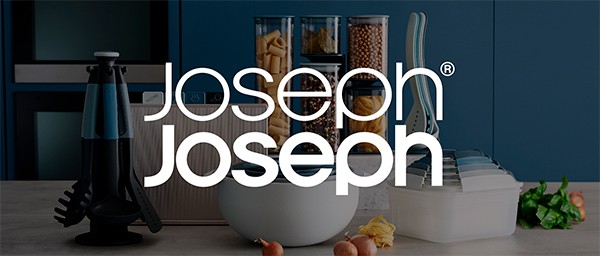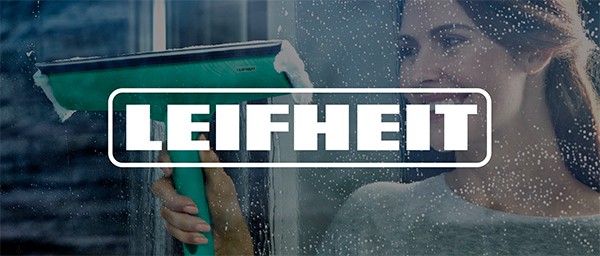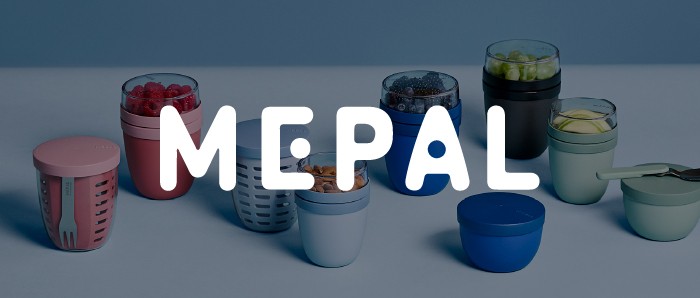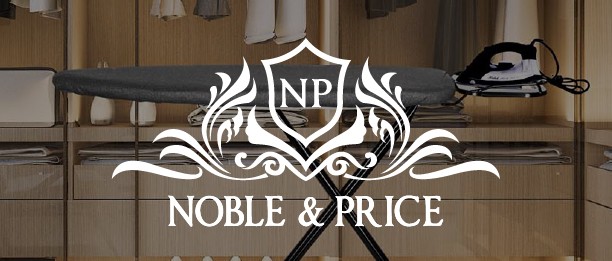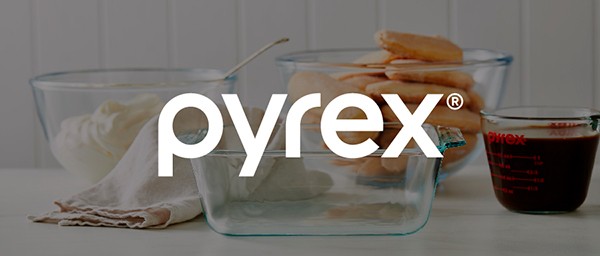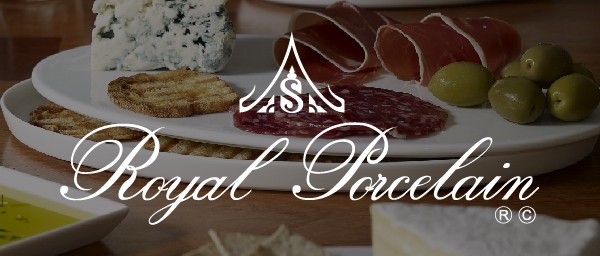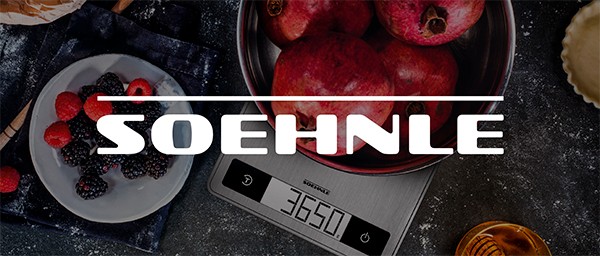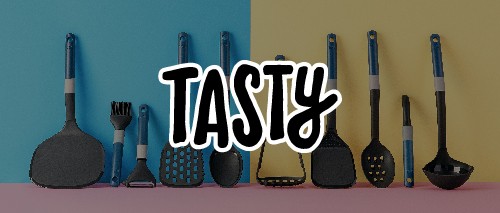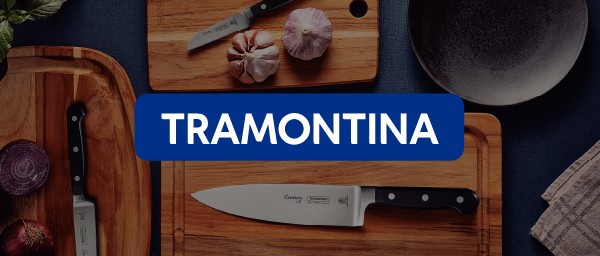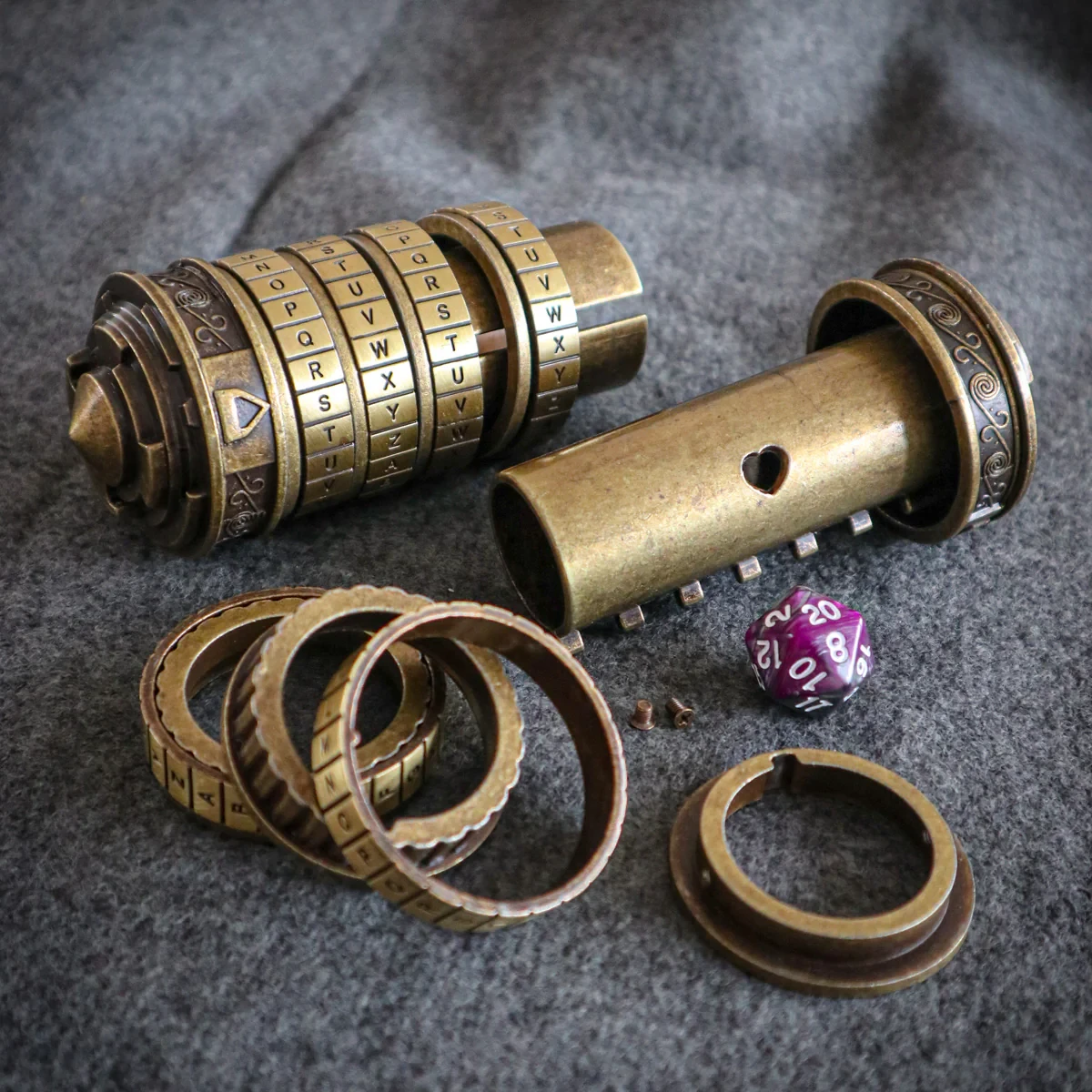
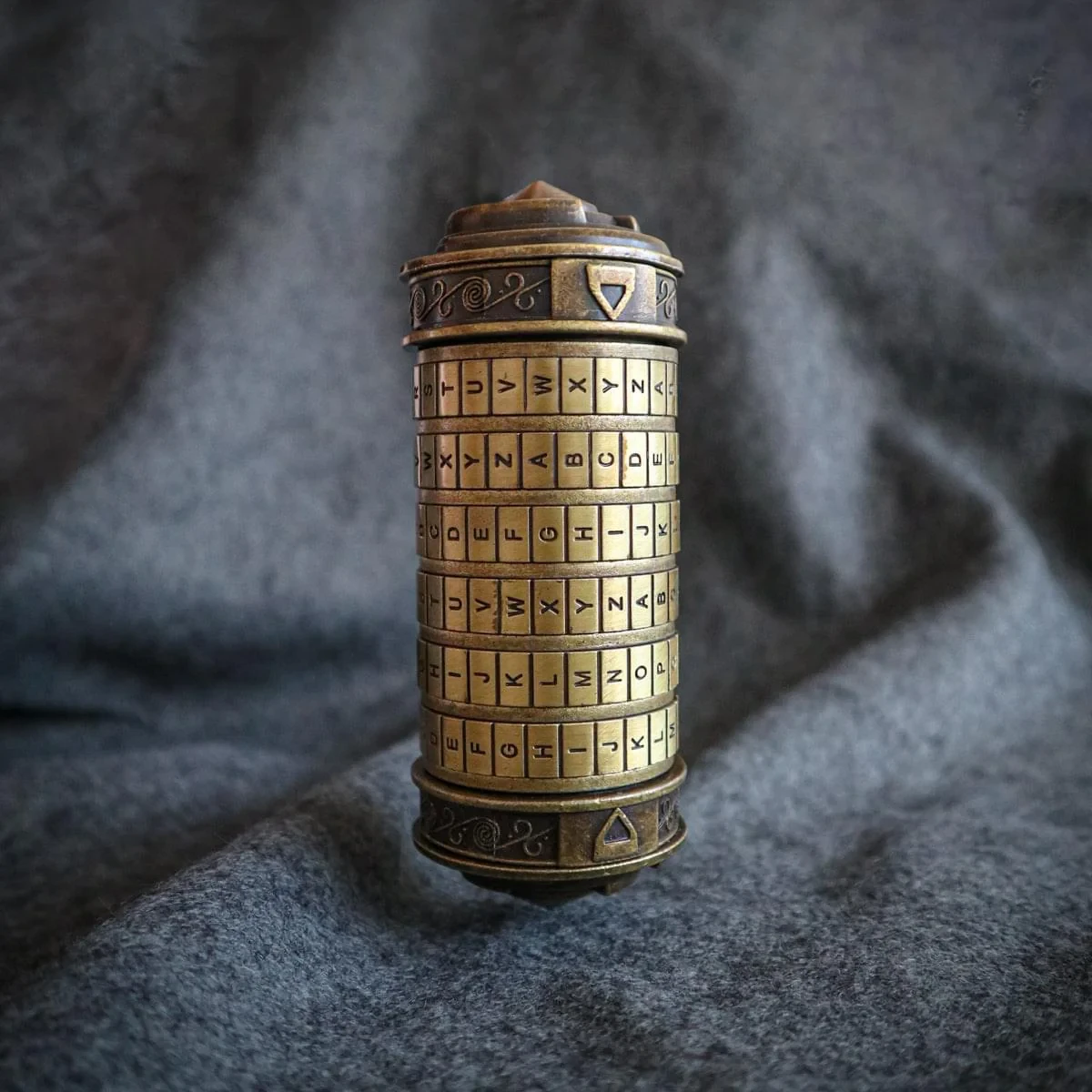
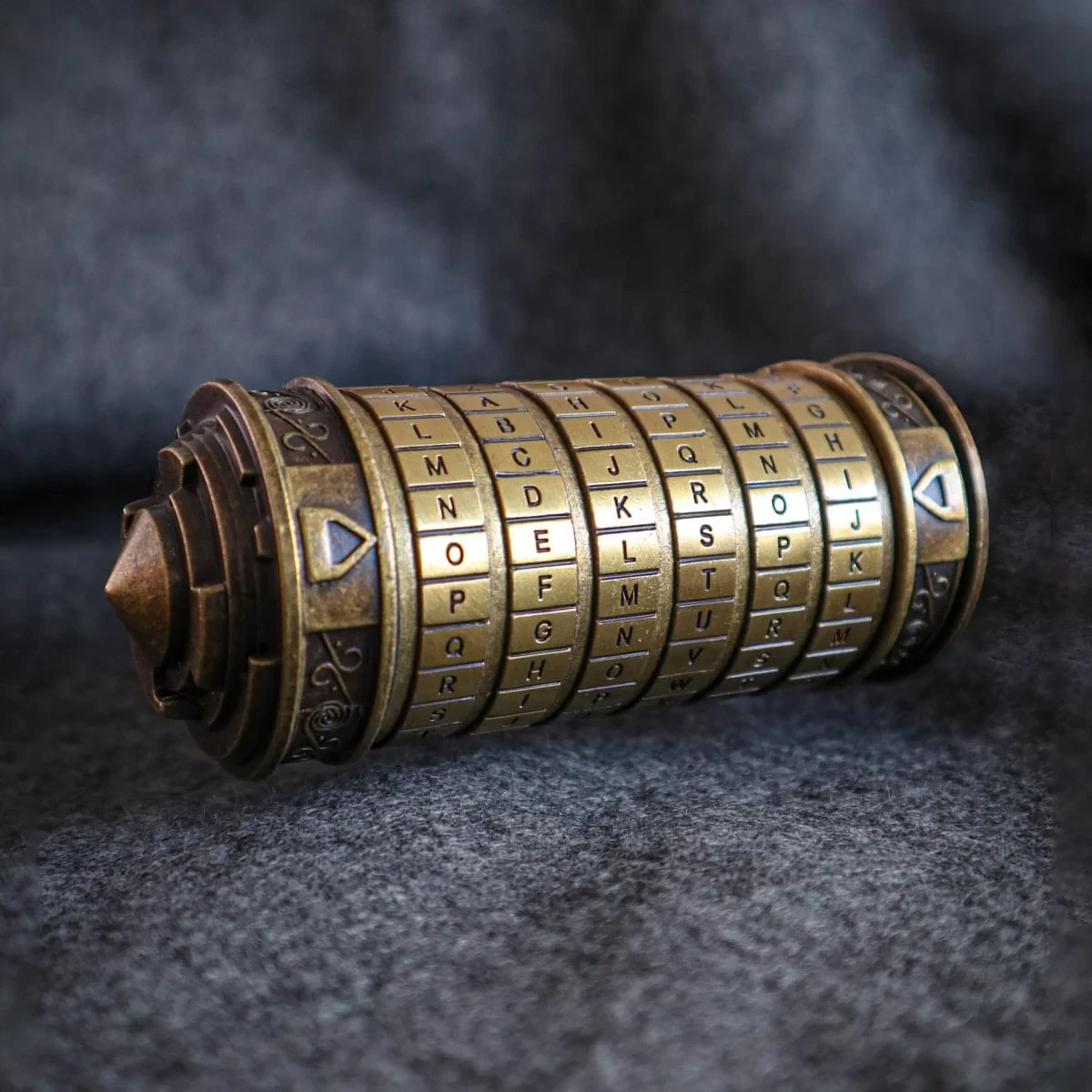
Ancients' Lockbox Puzzle Box
Approx $29.70 USD
The Ancients' Lockbox is an epic puzzle to present your players with. The compartment inside is big enough to hold a message or a small object.
This thing is seriously hefty. Each barrel has the entire alphabet so it will be a challenge for your players to work out the code. You could easily make this a recurring element in your tabletop campaigns as you can change the code as many times as you like.
Ancients’ Lockbox Puzzle Box: Unlocking History and Mystery
The Ancients’ Lockbox Puzzle Box is more than just a container – it’s a journey through the rich history of puzzle boxes, a challenging brain-teaser, and a striking collectible piece all in one. This comprehensive guide delves into the evolution of puzzle boxes and lockboxes, highlights the features of the Ancients’ Lockbox, and explores its applications for collectors, puzzle enthusiasts, and security purposes. We’ll also compare this unique lockbox with other puzzle boxes, discuss maintenance and durability, consider buying tips and modern trends, and uncover other insights that make the Ancients’ Lockbox Puzzle Box a must-have for anyone intrigued by secrets and puzzles.
Evolution of Puzzle Boxes and Lockboxes
Puzzle boxes have fascinated people for centuries, evolving from simple secret compartments to elaborate mechanical wonders. To truly appreciate the Ancients’ Lockbox, it helps to understand the history of puzzle boxes – a story that spans continents and eras.
From Ancient Secrets to Victorian Amusements
One of the earliest known examples of puzzle boxes comes from ancient China, where wooden boxes with hidden compartments were crafted to safeguard valuables. These antique Chinese puzzle boxes were often symbols of wealth and good fortune, made from fine materials like ivory or jade and decorated with intricate carvings. The clever design meant that only someone who knew the secret series of moves could access the contents, making them ideal for securing jewelry, coins, or important documents away from prying eyes. This concept of “hidden in plain sight” storage caught on, blending functionality with entertainment even in those early times.
Across the world, the idea of secret compartments also appeared in Europe. By the Renaissance period, it was common for furniture and jewelry boxes to include concealed drawers or trick locks. These were not puzzles in the modern sense but demonstrated the human penchant for secrecy and surprise. It wasn’t until the Victorian era in 19th-century England that puzzle boxes designed purely for amusement became popular. Craftsmen created ornate “secret boxes” or “trick boxes” as conversation pieces. Owners would hand these to unsuspecting friends to see if they could figure out the opening mechanism, much to everyone’s delight when a hidden panel or clever latch was finally revealed. Around the same time, in the late 1800s, Swiss woodworkers in the Interlaken region began selling souvenir puzzle boxes to tourists, spreading their popularity beyond just the upper-class parlors of England.
The Japanese Puzzle Box Tradition
Meanwhile, in Japan, an independent evolution of puzzle boxes was taking place. The region of Hakone became famous for its finely crafted Himitsu-Bako, which translates to “secret box”. These Japanese puzzle boxes emerged in the late 19th century (Meiji era) and quickly gained fame for their exquisite craftsmanship and complexity. Artisans utilized traditional woodworking techniques and beautiful Yosegi-Zaiku marquetry patterns to create boxes that were both stunning art pieces and fiendishly challenging puzzles. Unlike simple one-trick boxes, a Himitsu-Bako often requires a precise sequence of many moves – sliding panels in just the right order – to open. Some of these designs can demand 10, 20, or even 40 separate steps to unlock, a testament to the ingenuity of their makers. Originally, Japanese puzzle boxes were used to safeguard important items like documents or family heirlooms, with their complexity providing security. They later became popular gifts and souvenirs for travelers visiting Hakone’s hot springs, who marveled at how these elegant boxes kept secrets hidden behind mesmerizing geometric wood patterns.
Puzzles, Locks, and the Advent of the Cryptex
Puzzle boxes and trick locks have also been part of other cultures. For example, Victorian England had its share of trick lock puzzles, and India and the Middle East produced puzzle locks—padlocks that required solving a mechanical puzzle (like hidden keyholes or twisting parts) to open. These were often cast in iron or brass, featuring motifs like animals or symbols, and served both to secure belongings and to challenge one’s wits. In Europe, puzzle boxes and trick devices remained a niche interest into the 20th century, but global conflicts like the World Wars caused a decline in their production and popularity as resources and attention were diverted elsewhere.
The modern revival of puzzle boxes can be credited in large part to puzzle enthusiasts and master craftsmen in the late 20th century. In the 1980s, pioneers like Akio Kamei in Japan, Trevor Wood in England, and Frank Chambers in Ireland rejuvenated the art of puzzle box making. They introduced new designs and mechanisms, sparking renewed interest worldwide. Since then, a number of artists and brands have continued to innovate, from the legendary Karakuri Creation Group in Japan (founded by Kamei) to Western designers creating their own spin on the concept. Puzzle boxes today range from traditional wooden designs to high-tech electronic puzzles, and everything in between.
One of the most significant modern influences on puzzle boxes was the introduction of the Cryptex into popular culture. The term “Cryptex” was coined by author Dan Brown in his 2003 novel The Da Vinci Code, which featured a cylindrical puzzle box used to protect secret messages. The Cryptex concept – a letter combination lockable tube inspired by the combination of “cryptology” and “codex” – captured the public’s imagination. Suddenly, the idea of solving a word code to unlock an ancient secret felt thrilling and accessible. After the book (and subsequent movie) gained worldwide fame, many craftspeople and companies started producing real-life Cryptex puzzles. These devices function much like old bicycle combination locks: a series of rotating alphabet rings must line up to spell the correct password, allowing the inner cylinder to open. The Cryptex brought puzzle boxes into the mainstream limelight, bridging the gap between historical puzzle artifacts and modern-day puzzle collectibles.
Puzzle Boxes in the Modern Era
Today, puzzle boxes and lock puzzles enjoy a vibrant global community. Collectors avidly seek both vintage pieces and contemporary designs, while casual puzzle lovers are discovering these delights through escape rooms, board games, and online puzzle videos. The range of puzzle boxes is immense – from small sequential discovery puzzles that hide multiple tools and tricks within a single box, to large elaborate chests that could take hours or days to solve. Materials now include not just wood and metal but also plastic and 3D-printed components, allowing for creative mechanisms that past craftsmen could only dream of. Some modern puzzle boxes feature themes like pirate treasure chests, sci-fi gadgets, or fantasy artifacts, proving that the appeal of a secret-opening container is truly timeless and versatile.
Amidst this rich tapestry of puzzle box evolution, the Ancients’ Lockbox Puzzle Box stands out as a product that draws inspiration from history (with its old-world “ancient” aesthetic and Cryptex-like mechanism) while offering a thoroughly modern and robust puzzling experience. In the next sections, we will explore the key features that make the Ancients’ Lockbox special and how it fits into the legacy of puzzle boxes.
Key Features and Specifications of the Ancients’ Lockbox Puzzle Box
The Ancients’ Lockbox Puzzle Box is a premium crafted puzzle box designed to impress both in form and function. From its physical construction to its puzzle mechanism, every aspect is geared toward delivering an epic experience for the user. Below, we outline the key features and specifications that set this lockbox apart:
-
Solid Metal Construction: Forged from solid cast metal, the Ancients’ Lockbox weighs about 1 lb 9 oz (approximately
700 g)theshopofmanythings.com,
giving it a hefty, substantial feel. The metallic build not only adds durability but also evokes a sense of antiquity with its antique
bronze finish.
The surface is adorned with subtle engravings and scrollwork, enhancing the appearance of a mysterious artifact unearthed from an ancient
tomb. Unlike lightweight plastic puzzles, this all-metal build makes it feel like a genuine treasure in your hands.
-
Customizable 6-Letter Combination: This puzzle box utilizes a six-letter word combination lock mechanism,
similar to a classic Cryptex. It features six rotating alphabetical dials, each inscribed with the entire A–Z alphabettheshopofmanythings.com.
To open the lockbox, all six letters must align correctly to spell the chosen password. The default factory-set combination is “THINGS” (a
nod to its origin at The Shop of Many Things)theshopofmanythings.com,
but the magic of this box is that you can set your own secret code. By following the included instructions, users can
easily disassemble the cylinder (removing a secure end-cap via two small screws) and re-arrange the letter rings to program a personalized
six-letter word or name as the key to unlock ittheshopofmanythings.com.
This feature means you can tailor the puzzle’s solution to your liking – whether it’s an answer to a riddle, a meaningful word, or a clue
for someone else to figure out.
-
Millions of Possible Combinations: With 26 letters available on each of the 6 dials, the total number of possible
combinations is a staggering 308,915,776 different sequencestheshopofmanythings.com.
In practical terms, this makes brute-forcing the solution (trying every possibility) virtually impossible without many years at one’s
disposal. This sheer number of combinations underscores how secure the lockbox is against random guessing – only someone with a clever mind
or the correct clue will get it open. In comparison, many standard numerical padlocks have only 10,000 combinations (4 digits) or a million
(6 digits if 0-9), highlighting how a letter-based code greatly expands the possibilities.
-
Spacious Hidden Compartment: The Ancients’ Lockbox isn’t just about the challenge – it’s also about what it guards. Inside
the cylindrical body is a hollow compartment measuring roughly the length and diameter of a roll of coins (the entire box
dimensions are about 5.5 inches long and 2.4 inches in diameter (14 cm x 6 cm)theshopofmanythings.com,
with the interior space slightly smaller due to the thick walls). This compartment is big enough to hold a rolled-up message, a piece of
jewelry, a flash drive, keys, or other small precious itemstheshopofmanythings.com.
Once locked, anything inside is safely secured until the code is solved. This functional compartment transforms the puzzle from just a brain
teaser into a secret storage device – perfect for presenting a gift or safeguarding personal treasures.
-
Antique Aesthetic and Theming: True to its name “Ancients’ Lockbox,” this puzzle box looks like it could be an artifact
from an ancient civilization or an Indiana Jones adventure. The metal is finished in a weathered brass/bronze tone with engraved patterns
that resemble old-world craftsmanship. The two ends of the cylinder have decorative caps – one of which unscrews when the correct code is
entered. The design invites imaginative scenarios: one could easily picture it as a recovered steampunk contraption or a
piece of lost treasure from a pharaoh’s crypt. This theming adds to the allure, making it a fantastic display piece on a
shelf or desk even when it’s not being actively solved.
-
High-Quality Presentation: Every Ancients’ Lockbox Puzzle Box comes packaged in a high-quality, magnetically
closing gift boxtheshopofmanythings.com.
This black gift box not only protects the puzzle during shipping but also makes for an impressive presentation if you’re giving it as a
gift. Unboxing the product feels ceremonious – you open the elegant outer box to reveal the heavy bronze puzzle inside, perhaps tucked in
protective foam. The inclusion of a ready-to-go gift box reflects the makers’ understanding that this item is often purchased as a special
present for someone (or oneself!). It also provides a convenient place to store the puzzle box when not in use, keeping it safe from
scratches and dust.
-
User Guide and Reset Instructions: Along with the lockbox, you receive simple instructions explaining how to set your own
password and lock/unlock the box. The process is straightforward: you align the default password with the indicator, pull the ends apart to
open, then follow steps to remove the end cap and the letter rings, set a new word, and reassembletheshopofmanythings.com.
The ability to reset the code as many times as you want means the puzzle box has replay value – you can enjoy it over and
over or challenge different friends with different codes each time. Additionally, if you intend to use the lockbox as part of a game or
event, you can tailor the password to suit the occasion (for example, a themed word for a scavenger hunt or a campaign-specific clue for a
tabletop RPG night).
-
Safety and Build Integrity: The lockbox is built with sturdy internal mechanics that are designed to last
through many puzzle-solving sessions. The metal walls are thick enough to resist bending or denting under normal use, and the letter dials
turn smoothly with a satisfying click. The two tiny screws that hold the locking end in place (when setting the code) are the only loose
pieces – and even those are made of metal and fit securely when installed, ensuring they won’t rattle or fall out during handling. Because
it’s a solid metal unit, there’s a reassuring solidity when you handle the puzzle; it doesn’t feel fragile or like a toy at all. (Of course,
as with any mechanical puzzle, one should avoid excessive force – if a part isn’t moving, it likely means the combination is incorrect, not
that you should apply more pressure.)
In summary, the Ancients’ Lockbox Puzzle Box boasts an array of features that blend brain-teasing challenge, decorative appeal, and practical utility. Its customizable combination and durable metal build make it stand apart from simpler puzzle boxes, inviting both puzzlers and those who appreciate fine artifacts to take notice.
Applications and Usage
The versatility of the Ancients’ Lockbox Puzzle Box means it appeals to a wide range of people and purposes. Whether you’re a collector of puzzles, a casual enthusiast, a game master, or someone looking for a unique way to secure a small item, this lockbox has something to offer. Let’s explore how different users might enjoy and apply this puzzle box:
For Collectors and Decor Enthusiasts
Collectors of puzzles and curiosities will find the Ancients’ Lockbox to be a standout addition to their collection. Its combination of visual appeal and interactive challenge hits the sweet spot for display pieces that aren’t just static. Placed on a bookshelf or coffee table, the lockbox serves as an excellent conversation starter – guests might be drawn to its mysterious look and ask, “What is this interesting object?” This opens the door for the collector to share a bit of history about Cryptexes and puzzle boxes, maybe even inviting the guest to give it a try. The antique aesthetic means it fits in with vintage decor, historical artifacts, or fantasy-themed collections (it wouldn’t look out of place next to a dragon figurine or a leather-bound tome). Collectors also appreciate limited or unique items; since the Ancients’ Lockbox isn’t a run-of-the-mill puzzle you’d find in every toy store, it has a bit of exclusivity to it. In short, for those who curate shelves of interesting objects, this puzzle box delivers on both form and function.
Beyond just puzzle collectors, anyone who loves themed decor (steampunk aficionados, medieval or pirate reenactors, escape room cafe owners, etc.) might use the lockbox as a prop or decoration. Imagine a pirate-themed room with an “ancient lockbox” on display – it adds authenticity and can actually hide a small “treasure” for effect. Because the code word can be changed, a collector might even periodically rotate the word and leave a hint on a note, challenging family or visitors to solve it for a prize inside, keeping the piece continually engaging.
For Puzzle Enthusiasts and Brain-Teaser Lovers
Puzzle hobbyists are always on the lookout for their next challenge. The Ancients’ Lockbox delivers a particular kind of puzzle experience: one that blends riddle-solving with tactile manipulation. Unlike a jigsaw or a disentanglement puzzle, this puzzle box requires a word solution. A puzzle enthusiast might approach it by hunting for clues to the password. If the lockbox is given to them by someone (say as a birthday gift), the giver might also provide a riddle or puzzle that, when solved, yields the secret word. This creates a multi-layered solving experience that can be incredibly satisfying – first solving the riddle, and then using that answer physically to unlock the box.
For those who enjoy crosswords or word games, the letter-based nature of the lockbox is a natural draw. Even a solo solver can have fun by setting a random password (unknown to them) and then trying to deduce it by logical strategies (this is akin to playing Mastermind or a Wordle-type game with a self-imposed challenge). For example, one could scramble a known six-letter word, lock it, then see how long it takes to figure out which word it was. While there are almost 309 million combos in theory, a puzzle lover might restrict the possibilities by deciding on a theme or using the process of elimination with clues.
Moreover, mechanical puzzle enthusiasts – those who enjoy the feel of moving parts and clever devices – will appreciate the smooth rotation of the dials and the solid “click” of the lockbox opening when the correct code is entered. There’s a tangible reward in that moment of alignment, as the locked core slides open. It’s a different kind of satisfaction compared to puzzles where you simply announce “I solved it.” Here, the solution literally unlocks something, echoing the primal reward system of discovering a hidden treasure.
Finally, because the lockbox can be reset and played repeatedly, puzzle enthusiasts can also share it with friends or use it as a challenge at gatherings. It’s common in puzzle meetups for people to bring unique puzzles to swap and try out. The Ancients’ Lockbox is perfect for this, as one can set an appropriate difficulty word and then see if others can figure it out. The puzzle can be as hard or as easy as the word you choose – “PUZZLE” might be too obvious, but a random six-letter scientific term would stump most folks! This controllable difficulty makes it enjoyable for all skill levels.
As a Unique Security Device
While primarily a puzzle, the Ancients’ Lockbox also functions as a miniature security container. Think of it as a small safe that only opens if you know the secret word. This dual nature means it can be used to protect small valuables or secrets in a playful yet effective manner. For instance, you might store spare house keys, a USB drive with important files, or extra cash in it. If you leave it on your desk or shelf, a casual snooper wouldn’t be able to open it without knowing the code. Unlike a typical safe or lockbox that might use a key or a numeric code, this one uses a word – which could be harder to guess if someone is trying common PINs or attempting to pick a lock.
It’s worth noting that the security of the lockbox is excellent against guessing or tampering; with over 300 million combinations and no indication of “how close” you are (no feedback mechanism like some digital locks), it’s practically impossible to crack by trial and errortheshopofmanythings.com. The solid metal build also means it’s not trivial to pry open. However, we should clarify that as a security device it has limits – it’s not equivalent to a heavy-duty steel safe bolted to the floor. A determined individual with tools could eventually force it open or break it (as they could with any small safe). Thus, it’s best used to deter curiosity and provide a secure-feeling hiding spot, rather than to foil professional thieves. For example, it’s perfect for keeping young children from accessing something (like a USB stick with surprises or a small heirloom), since they’d never get it open without the code. But you wouldn’t use it as your primary safe for extremely valuable jewelry if there’s a risk of theft by someone willing to use a hammer.
That said, the lockbox truly shines when used in creative security applications. Some fun ideas:
- Geocaching or Treasure Hunts: Because it’s portable and secure, the lockbox can be incorporated into geocaching adventures or scavenger hunts. You could hide a clue inside and give solvers a puzzle whose answer is the code word. They find the lockbox, apply the answer, and retrieve the next clue. It adds a dramatic flair to outdoor treasure hunts or escape room-style games at home.
- Gift Reveals: Lock up a special gift (like concert tickets, a love note, or even an engagement ring) inside the box and make your loved one solve it to get the prize. The experience of figuring out the code and then physically unlocking the gift is far more memorable than just handing it over. In fact, Cryptex-style boxes have famously been used for marriage proposals – the ring inside stays safe until the proposee solves the code (often a word like “LOVEYO(U)” or a date), creating a heartfelt puzzle-solving moment leading up to the big reveal.
- Secret Keeper: Use the box to hold personal letters, diary snippets, or other private tokens. Even if someone finds the box, they get an intriguing puzzle instead of your private item. This can be especially appealing to teenagers or anyone who had the childhood dream of having a “secret treasure chest” with a lock – except this one is straight out of a mystery novel!
In Tabletop Games and Role-Playing Scenarios
One of the original intentions for the Ancients’ Lockbox, as hinted by its creators, is use in tabletop role-playing games (RPGs) and immersive storytelling. If you’re a game master for Dungeons & Dragons or any adventure RPG, you can use the lockbox as a prop to engage players in the real world. For example, instead of just describing a chest with a puzzle lock in your game, you hand the players this actual metal puzzle box and say, “The ancient chest is before you – inscription reads ‘Whosoever knows my name shall open me.’” You then give them a riddle that, when solved, corresponds to the password you set on the lockbox. Your players now have to work together, both in-character and out-of-character, to figure out the code and unlock the chest, blurring the line between game and reality. This tactile element can electrify a gaming session, making it incredibly memorable. The Ancients’ Lockbox is ideal for this because it’s sturdy enough to be passed around a table, the combination is resettable (so you can tailor it to your story’s lore), and it looks the part of a fantasy relic with its aged bronze look.
Similarly, escape room designers or enthusiasts can integrate the lockbox into homebrew escape room puzzles. Rather than building a complicated contraption from scratch, an escape room puzzle master can leverage this ready-made lockbox to hold a clue or key inside. The players might need to discover the correct six-letter word by solving other puzzles in the room, which then opens this final “vault” to progress. Given its capacity, one could even fit a small clue scroll or multiple keys inside if needed. The visual of a heavy ancient lockbox also adds to the atmosphere in themes ranging from archaeological adventures to steampunk heists.
Educational and Cognitive Benefits
While the Ancients’ Lockbox is certainly fun, it also has educational and cognitive benefits, especially for younger solvers (under supervision, since it’s a solid heavy object). Solving puzzles like this can help improve problem-solving skills, patience, and logical reasoning. If used in a classroom or educational setting, a teacher could set a vocabulary word or historical name as the code and then give students research tasks or clues to figure out that word. It turns learning into a game, where cracking the lockbox is the reward. For instance, a history teacher teaching about ancient Egypt might lock a “mystery artifact” (replica) in the box with the code “SPHINX” and have students solve riddles related to Egyptian lore to arrive at that keyword. The process encourages teamwork and critical thinking.
Even outside formal education, anyone using the puzzle is exercising their brain. Aligning letters to form words engages both the left brain (logic) and right brain (creativity, if riddles are involved). There’s also a kinesthetic aspect – manipulating a physical object can improve hand-eye coordination and fine motor skills in a satisfying way that screen-based puzzles do not.
In summary, the Ancients’ Lockbox Puzzle Box is not limited to a single use-case. Its blend of secure storage and puzzle solving lends itself to practical security uses, entertainment, educational fun, and enriching social or game experiences. Users have been inventive with how they deploy this little vault of secrets, which speaks to its broad appeal. Next, we’ll compare how the Ancients’ Lockbox stacks up against other types of puzzle boxes and lockboxes, to give you a clearer picture of its uniqueness.
Comparisons with Other Puzzle Boxes and Lockboxes
The world of puzzles is diverse, and even within the niche of “puzzle boxes,” there are many varieties and alternatives. In this section, we’ll compare the Ancients’ Lockbox Puzzle Box with several other categories of puzzles and lockable boxes. This will highlight what makes the Ancients’ Lockbox special and help you understand its advantages and considerations in context.
Ancients’ Lockbox vs. Traditional Wooden Puzzle Boxes
Traditional wooden puzzle boxes, like the Japanese Himitsu-Bako or similar sliding panel puzzle boxes from around the world, are a very different experience from the Ancients’ Lockbox. A typical Japanese puzzle box might be a rectangular block of wood with beautiful marquetry, requiring a sequence of physical moves (sliding, pressing, tapping) to open. No clues are given outright; you manipulate different parts to find which pieces move, gradually unlocking step by step. These wooden boxes often have a set solution that, once learned, does not change (aside from very advanced boxes which have multiple solutions or states).
In contrast, the Ancients’ Lockbox uses an alphabetical combination mechanism. Instead of searching for hidden panels, you’re effectively cracking a code. The experience can be more straightforward in one sense – if you know the password, you just enter it and open, whereas a wooden puzzle box forces you through the journey every time even if you know the moves. On the other hand, if you don’t know the code, the Ancients’ Lockbox is arguably harder to open by trial-and-error than many wooden puzzles are, simply due to the enormity of possibilities.
From a craftsmanship perspective, wooden boxes highlight artisanal woodworking skills and often are each unique, whereas the Ancients’ Lockbox’s beauty lies in its engineering and theming. It’s a manufactured piece with precision metal parts, which gives it durability and consistency. A wooden puzzle box might be susceptible to wear (wood can get loose or warping can occur in humidity), and excessive force can break it easily. The metal lockbox can handle a bit more rough handling without damage, and environmental factors like humidity won’t affect it.
One big difference is resetability and replay value. Once you solve a specific wooden puzzle box, you know its secret. The surprise and challenge are largely one-time (though there’s joy in repeating it or showing others). With the Ancients’ Lockbox, you can have a new puzzle every time by choosing a new code word. In a sense, it’s a platform for puzzles rather than a single puzzle – its core mechanism stays the same, but the “solution” can be different, akin to how a crossword puzzle book uses the same format but different answers for each puzzle. This gives it an edge if you want something that you can continuously reuse in fresh ways.
However, wooden puzzle boxes offer a tactile and visual warmth that metal doesn’t. Some purists prefer the feeling of polished wood, the smell of cedar or pine, and the aesthetic of traditional designs. The Ancients’ Lockbox’s cold metal and letter dials feel more like a tool or device, which is awesome for those who like mechanical puzzles (think of the satisfaction of a combination lock clicking), but it’s a different sensory experience.
Ancients’ Lockbox vs. Other Cryptex and Combination Puzzles
Since the Ancients’ Lockbox Puzzle Box is essentially a type of cryptex, it’s worth comparing it to other cryptex-style puzzles on the market. Cryptexes, as popularized by The Da Vinci Code, usually are cylindrical and have multiple rotating rings with letters or symbols that spell out a passwordpuzzleboxworld.com. There are many versions available, from inexpensive plastic ones to high-end collector’s editions.
What sets the Ancients’ Lockbox apart in this category is its build quality and size. At 5.5 inches long and nearly 2.5 inches in diameter, it’s larger and heavier than many standard cryptex replicas (some of which are 4-5 inches and made of lighter materials). The weight (~700g) really gives it a more authentic “artifact” feel, whereas cheaper versions can feel toy-like. Additionally, the ability to change the code on the Ancients’ Lockbox is a huge plus. Not all cryptex puzzles allow user-defined combinations; some are fixed to a particular word (especially those modeled exactly after the Da Vinci Code prop, which often have “APPLE” as the default solution, as in the story). Being able to set any six-letter word means the Ancients’ Lockbox is more versatile and personal.
The number of rings also matters. In the original fiction, the cryptex had 5 rings. The Ancients’ Lockbox has 6, adding an extra layer of complexity (26^6 possibilities vs 26^5). Some modern cryptex puzzles even have 7 or more rings, but they can become unwieldy or too difficult to manage physically. Six is a sweet spot: high complexity, but still a manageable size to manipulate.
Feature-wise, many cryptexes are similar (conceal a message or item, combination lock). One subtle advantage of the Ancients’ Lockbox design is the smooth mechanism – user reviews and our own handling indicate that the rings spin cleanly without jamming, and the alignment mark is clear. Some cheaper cryptex kits can have misaligned rings or sticky rotation if the manufacturing tolerances aren’t great. The Ancients’ Lockbox, by being a higher-end product, was designed to avoid those frustrations, resulting in a reliable open/close action when the correct code is entered.
When compared to digital combination puzzles (like electronic safes with a keypad, or puzzle boxes that require inputting a sequence on buttons), the Ancients’ Lockbox offers a purely mechanical and analog charm. There are no batteries, no beeping, no reset buttons – it’s all done by hand and brain. Many puzzle enthusiasts prefer this tangible approach since it feels more authentic and is fail-safe (you won’t have an electronics failure locking you out).
In summary, among cryptex-type puzzles, the Ancients’ Lockbox is distinguished by its robust build, customizable code, and immersive design. It takes the concept of a cryptex and refines it into a more user-friendly and premium experience.
Ancients’ Lockbox vs. Standard Lockboxes/Safes
It’s also useful to compare the Ancients’ Lockbox Puzzle Box to non-puzzle lockboxes – the kind of small safes or key lockboxes you might buy simply to secure items. On a basic level, they share a purpose: keep something safe inside until the right code or key is used. However, the philosophy behind them is quite different.
A standard security lockbox (for example, a cash box with a key, a safe with a numeric keypad, or a realtor’s key lockbox with dials) is built primarily for security and convenience. The emphasis is on reliably granting access to the owner (or whoever knows the code) and withstanding tampering to some extent. These typically do not aim to be entertaining or mysterious – in fact, in security design, you don’t want ambiguity or puzzle aspects, you want straightforward operation. The combinations are usually numeric (digits 0-9) because it’s easier to remember a PIN or a code and input quickly. The materials might be heavy steel or hardened alloys for physical protection, but aesthetics are usually utilitarian (plain metal boxes, maybe painted gray or black).
In contrast, the Ancients’ Lockbox is a puzzle first and a security device second. Its security is decent for its size, as we discussed – the combination complexity is very high compared to a typical 3-digit or 4-digit lock, and there’s no obvious way to pick it since it’s internal alignment. However, it’s not designed to be your fireproof vault or to be opened every day with ease. If you planned to access the contents daily, a normal safe would be much more convenient (punching a code or turning a key quickly). The Ancients’ Lockbox is more of an experiential safe – you savor the act of opening it because it’s fun, not because you needed to grab your house keys in a hurry.
Physically, a traditional safe might weigh much more and be larger; the Ancients’ Lockbox is portable. You wouldn’t lug a home safe to a party to show your friends, but you can with this puzzle box. The portability, however, also means if someone truly nefarious got hold of it, they could carry it away – so again, you wouldn’t leave, say, diamond jewelry in it out in the open during a public event. A bank safe it is not.
One interesting point of comparison is the number of combinations vs practicality. We’ve highlighted that the Ancients’ Lockbox has 308+ million possible codestheshopofmanythings.com, which dwarfs the few thousand or million a standard lock might have. This means in theory it’s harder to crack by guessing than many real safes. However, real safes often have other security like shear pins, relockers, or require physical keys plus combinations – layers of security beyond just the combo count. The puzzle box doesn’t have those layers; it essentially relies on obscurity (no one knows the word) and complexity. For everyday security, obscurity isn’t enough if someone can just take the whole safe. But for personal use, the complexity is plenty to keep family members or colleagues from idly snooping.
A key lockbox (like ones real estate agents use for keys) might have 4 dials with 0-9, giving 10,000 combos. Those are often brute-forced by burglars by trying all combos (since 10,000 isn’t insane to attempt systematically). The Ancients’ Lockbox by comparison is unfeasible to brute force manually – if you could try one combination every 5 seconds, it would take over 48 years nonstop to try them all! Clearly, the puzzle box offers far more in terms of code security. The trade-off is that with a normal lockbox, you usually know the code (you set it or it’s given) and it’s meant to be a quick access, whereas with the puzzle box, you might impose a situation where you don’t know the code (to make it a puzzle). It flips the scenario: sometimes the user themselves is trying to figure out the code, rather than always knowing it.
In essence, comparing these is a bit like comparing a sports car to an armored truck – they both move things from A to B, but with different priorities (style and experience vs brute utility). If your goal is to have fun, challenge yourself or others, and still have a bit of security, the Ancients’ Lockbox wins hands down for creativity. If your goal is pure security and ease of use under stress, a straightforward safe is the way to go. Many people actually use both: they have a serious safe for important documents, and they have fun items like the Ancients’ Lockbox for more playful purposes.
Ancients’ Lockbox vs. Puzzle Locks and Other Brain Teasers
Another comparison can be made with puzzle locks, which are a cousin to puzzle boxes. Puzzle locks often look like padlocks but have hidden trick mechanisms (e.g., a key that isn’t obvious, or multiple steps to open). For instance, some antique puzzle locks from India require you to push on a secret panel to reveal the keyhole, or unlock two latches in sequence. Modern designers have also created metal trick locks that you must fiddle with to open, even though they look like normal locks.
The Ancients’ Lockbox differs because it clearly advertises itself as a combination lock device – you see the letters and know you need the right word. Puzzle locks tend to keep their method secret (you might not even know if you need a key or a code initially). In terms of difficulty, puzzle locks can vary widely; some are one-move solutions (just find the hidden button), others require multiple steps. The lockbox puzzle is usually a one-step solution (enter the code), but arriving at that code can be a multi-step mental puzzle if clues are involved externally.
Compared to other popular brain teasers (like disentanglement puzzles, sequence puzzles, Hanayama cast metal puzzles, etc.), the Ancients’ Lockbox stands out because it combines a riddle element with a physical mechanism. Many brain teasers are purely mechanical – you twist pieces, remove a ring, etc., with no external knowledge needed. The lockbox can be used in that pure mechanical way (just treat it as “figure out how to open this box” – though without a clue it’s mostly trial and error which isn’t practical), but it shines when paired with a word puzzle or clue. This hybrid nature is somewhat unique and can be more engaging for groups (since some people are good at logic puzzles, others at word puzzles – this needs both).
In summary of comparisons: the Ancients’ Lockbox Puzzle Box holds its own in a field with a lot of options. It offers something distinct – a fusion of the cryptex idea with robust build and user-settable codes – and that makes it complementary to other puzzle types. Rather than replacing wooden puzzle boxes or safes or logic puzzles, it stands alongside them, adding variety to a collection. If you already have some Japanese puzzle boxes, the Ancients’ Lockbox will introduce a fresh flavor to your repertoire (and likely intrigue those same friends who thought they’d seen all your puzzles!). If you’re new to puzzles, it’s an accessible yet deep-starting point: easy to operate when you know how, but potentially as challenging as you want to make it.
Having examined these comparisons, let’s move on to how to take care of this puzzle box and ensure it remains in top condition for years of enjoyment.
Maintenance, Care, and Durability Guide
One of the advantages of the Ancients’ Lockbox Puzzle Box is its solid build and durability. However, to keep it functioning smoothly and looking great, a bit of care is recommended. Below is a guide on how to maintain your puzzle box and what to expect in terms of wear and longevity:
Handling and Operational Care
-
Gentle Use: Even though the lockbox is made of metal and built to last, it’s still a precision puzzle. Always turn the
letter dials gently. They should rotate without much force; if a dial ever feels stuck, do not force it – double-check that you are aligning
letters correctly or that nothing is obstructing the mechanism. Forcing could potentially strip the internal alignment pins or scratch the
dial surfaces. The internal mechanism relies on small components lining up (similar to how a combination padlock works), so treat it with
the same respect you would a fine lock.
-
Avoid Dropping: The weight of the lockbox means that dropping it onto a hard surface could cause damage. The impact might
dent the metal or knock something out of alignment. Always handle the lockbox over a soft surface like a carpet or ensure you have a good
grip. If you’re carrying it in a bag, keep it padded or in its gift box to avoid jostling against other hard objects. A cosmetic ding might
add character, but a severe fall could warp the casing and affect the smoothness of the dials.
-
Resetting the Combination: When changing the password, work in a well-lit area on a table so that you don’t lose any small
parts. The end cap and the tiny screws that hold the puzzle box together when open should be carefully set aside in a dish or on a tray so
they don’t roll away. Follow the instruction steps methodically: typically, you’ll unscrew the end, slide out the core, carefully remove the
rings one by one, and note their orientation. When reassembling, ensure each ring is placed in the correct alignment for your new password
(each ring has the alphabet, often one letter is the "alignment point"). If the puzzle doesn’t open on your new code after reassembly, don’t
panic – it likely means one of the rings is off by one position. You can reset it again. It’s a good practice to test the new code a couple
of times before screwing it back together fully, just to be sure everything lines up.
-
Don’t Over-tighten Screws: The small screws that secure the puzzle’s end piece should be snug, but avoid over-tightening
them. They are tiny and can strip their threads if you use excessive force. Just turn until you feel resistance and the end cap sits flush;
that’s sufficient to hold it all together.
Cleaning and Appearance Maintenance
-
Wiping Down: With use, the metal exterior may pick up fingerprints, smudges, or a bit of grime (especially if handled
during snack time at game night!). To clean it, simply wipe with a soft, dry cloth. Microfiber cloths are excellent at removing fingerprints
and will polish the metal surface nicely. Avoid abrasive cloths or steel wool, as those could scratch the finish.
-
Avoid Moisture: While there’s no electronic component to worry about, it’s still wise to keep the lockbox dry. The metal
appears to be either brass or a zinc alloy with brass plating – either way, exposure to water could lead to tarnishing or corrosion over
time. A quick accidental splash or brief dampness isn’t likely to ruin it (and any water would mostly stay on the outside), but it’s best
not to take chances. If it does get wet, dry it thoroughly as soon as possible. Also, if you plan to hide it outdoors for a scavenger hunt,
choose the location carefully (inside another weather-proof container, for instance).
-
Polishing: The puzzle box comes with an intentionally aged look (the antiqued finish). You generally won’t need to polish
it to a shine – doing so might even diminish its old-world charm. However, if you notice the metal dulling or developing spots, you can use a
mild metal polish on a soft cloth to very gently buff the surface. Apply a small amount and rub lightly in circular motions, then wipe off
any residue with a clean cloth. Be cautious around the etched designs; you don’t want to clog any crevices with polish. Always use
non-abrasive polish to avoid removing the patina.
-
Protecting the Finish: The included gift/storage box is ideal for keeping the puzzle box protected when not on display.
Storing the lockbox in this case, especially if you won’t be using it for a while, prevents dust buildup and accidental scratches from other
items. If you’ve been handling the box a lot, perhaps give it a quick wipe before storage to remove oils from your hands that could slowly
affect the metal.
Mechanical Longevity
-
Wear and Tear: The internal mechanism of the Ancients’ Lockbox is relatively simple (discs aligning to let a sleeve slide).
This simplicity is a good thing for longevity; there are not a lot of tiny moving parts that can break. The main areas of wear will be the
contact points between the metal rings and the inner core. After hundreds of open/close cycles, you might notice the dials spin a little
more loosely than when brand new – that’s normal and generally doesn’t affect performance as long as they still align properly.
-
Lubrication: Out of the box, you should not need to lubricate anything; the rings rotate freely as designed. If, after
years, you felt the need to lubricate (for instance, if one ring became sticky or there’s metal-on-metal squeaking), use a very
small drop of light machine oil or silicone lubricant
applied at the ends of the ring near the cap (where it rotates around the core). After applying, rotate the ring a few times to distribute
it, then wipe off any excess. Less is more – you don’t want oil seeping into the letter faces or making a mess. Regular lubrication is not
necessary unless an issue arises.
-
Temperature and Environment: Extremely cold temperatures could (in theory) make metal contract slightly, and extreme heat
might make it expand, both potentially affecting the feel of the mechanism. But within normal living conditions, this won’t be noticeable.
Just don’t leave the puzzle box in a car on a freezing night or baking hot day for long periods, especially not with something fragile
inside (like wax-sealed letter, as it might freeze or melt). Also, avoid exposure to chemicals – for example, don’t set the puzzle box down
on a surface where you’ve just used strong cleaning agents or acids, as the fumes or residue might pit or discolor the metal over time.
Longevity and Support
-
Staying Functional: If maintained well, there’s no reason the Ancients’ Lockbox Puzzle Box won’t last for many, many years.
Unlike puzzles with electronics or magnets, a solid-metal combination device like this is fairly timeless. We can imagine someone decades
from now still turning those letters to reveal a hidden message. In fact, the aging might even enhance its mystique (just like how old brass
antique locks develop a desirable patina). By keeping it clean and dry, you’re essentially letting it age gracefully.
-
Replacement Parts: The only likely “loss” parts are the two small screws, if one is careless during a reset. If you ever
lose a screw, contact the manufacturer or seller; often, they can provide a specification or replacements (they might be standard small
machine screws). It’s a good idea to do combination changes on a tray, as mentioned, so if a screw drops, it doesn’t bounce off into
oblivion. The letter rings and caps are not something you’d easily lose because they are large and you’re aware when you have the puzzle
taken apart.
-
Customer Support: The Ancients’ Lockbox is sold by specialty retailers (like The Shop of Many Things), which often take
pride in customer satisfaction. If you ever encountered a defect or serious issue (for example, a dial with a misprinted letter or a
mechanical fault), reach out to the vendor. High-quality puzzle makers are usually happy to assist or replace to ensure you’re satisfied –
after all, their reputation in the puzzle community depends on quality. Checking online communities or reviews can also provide tips; for
example, other users might have clever ideas for maintaining the finish or modifications to make the letter markings more visible (some
people carefully apply white or black paint into engraved letters then wipe off the excess to improve contrast, if needed).
By following these care guidelines, your Ancients’ Lockbox Puzzle Box will remain as captivating and smooth to use as the day you got it. A little mindfulness in handling and maintenance goes a long way in preserving this modern heirloom. Now, let’s consider some factors to keep in mind when buying puzzle boxes like this and explore the current trends that make products like the Ancients’ Lockbox so popular.
Buying Considerations and Modern Trends
If you’re in the market for a puzzle box or specifically eyeing the Ancients’ Lockbox, it’s helpful to know what factors to consider before making a purchase. Additionally, puzzle boxes have surged in popularity recently – we’ll touch on the trends driving this interest and how the Ancients’ Lockbox fits into the big picture.
Key Considerations When Buying a Puzzle Box
1. Purpose and Use-Case: First, clarify why you want a puzzle box. Is it primarily for personal enjoyment, as a display piece, as a unique gift, or for a specific activity (like an escape room or a proposal)? The Ancients’ Lockbox, for instance, is a fantastic all-rounder: it serves as a challenging puzzle, a decorative item, and a functional storage for a small item. If your main goal is to have a complex puzzle to solve multiple times, a reprogrammable cryptex like this is ideal. If your goal is a one-time dramatic reveal (say, a marriage proposal), you might consider whether you also want to reuse it afterward (in which case, again, something like this that can be reset is great). For a pure collector’s display with no intention of actually solving, you might even consider rarer handcrafted boxes – but those often lack the interactive fun beyond the first solve.
2. Difficulty Level: Puzzle boxes come in varying difficulties. Some open with a single clever move, others take hours of patient trial. The Ancients’ Lockbox’s difficulty is somewhat variable – it can be trivial if you know the answer, or nearly impossible if you have no hints. In most scenarios, you’ll approach it with at least a clue to the code, making its difficulty moderate (solvable with thought, not just random tries). If you want something extremely hard to solve even when you know how it works, you might look at multi-step puzzle chests or high-level Japanese boxes. Conversely, if you want something anyone can enjoy without instructions, maybe a simpler 2-step wooden box or a known novelty puzzle box might be better. It’s worth reading product descriptions or reviews; many will state a difficulty rating or at least imply it (“level 10 puzzle” versus “fun trinket”). The Ancients’ Lockbox hits a nice balance: easy to operate but can be as puzzling as you want it to be.
3. Size and Capacity: Think about whether you plan to put something in the puzzle box. If you’re gifting something inside, ensure the internal dimensions accommodate it. The Ancients’ Lockbox has an interior cavity sufficient for small items (notes, rings, USB sticks, etc.), but if you wanted to gift, say, a large set of keys or a bulky keepsake, you might need a bigger box. Puzzle boxes range from tiny (matchbox-sized) to large (shoe-box sized or bigger). Remember that larger often means more expensive, especially for handcrafted wood puzzles. The Ancients’ Lockbox is medium-small, making it quite portable and easy to handle.
4. Material and Build Quality: Material affects both aesthetics and durability. Wooden puzzle boxes are beautiful and traditional, but can be fragile. Metal puzzles (like the Ancients’ Lockbox) are sturdier and have that weighty feel, but some people prefer the warmth of wood. There are also 3D-printed puzzle boxes nowadays which might look less premium but can have very clever internals. The Ancients’ Lockbox’s cast metal construction indicates high durability – there’s little risk of it falling apart. Build quality also includes things like tolerances (do parts fit well, no overly loose or tight bits) and finish (no sharp edges, consistent painting or plating). Based on its features and price point, the Ancients’ Lockbox is designed as a quality piece. When buying any puzzle, if possible check reviews or forums to see if users report any quality issues. A poorly made puzzle can be a frustration (rings that don’t line up, etc.). In the case of the Ancients’ Lockbox, its positive reception suggests good quality control.
5. Aesthetics and Theme: Because puzzle boxes often serve as showpieces, consider the design style. Does the look appeal to you or the intended recipient? The Ancients’ Lockbox has a specific theme: ancient, mysterious, slightly fantasy/steampunk. For many, that broad appeal is great. But maybe the person you’re buying for loves ultra-modern sleek designs – in that case a shiny aluminum puzzle box or a minimalist puzzle might excite them more. Or if someone is into Japanese culture, an authentic Himitsu-Bako with traditional patterns might resonate. Essentially, the emotional connection to how the puzzle box looks can enhance the overall experience. The story behind the puzzle (ancient artifact vs modern gadget) can make it more personal.
6. Replayability vs. One-Time Solve: We touched on this earlier, but decide if you value replayability. Some puzzles are amazing but once you know the secret, the challenge is over (you can still enjoy showing it to others, though!). The Ancients’ Lockbox offers replayability through changing the code or giving it to new people. If you’re someone who likes to solve a puzzle and then is done with it, you might not mind a one-time-solve box. But if you want to continuously challenge yourself or others, a reconfigurable puzzle is a better investment. It’s a bit like board games: some are legacy games you play through once with great enjoyment, others you can play dozens of times. Puzzle boxes have that division too.
7. Price and Value: Puzzle boxes can range from under $20 for simple ones to thousands of dollars for large, intricate, artisan pieces made in limited quantities. The Ancients’ Lockbox Puzzle Box is priced around the ~$100 USD marktheshopofmanythings.com (depending on retailer and any sales). For that you’re getting a solid metal piece with a lot of functionality. Cheaper cryptex puzzles exist (in the $30-$50 range) but they may not match in quality or features (e.g., fixed code or plastic build). When evaluating price, consider the materials (metal puzzles tend to cost more than wood of similar size due to manufacturing costs), the complexity, and uniqueness. A handcrafted box might be pricey due to labor intensity. A mass-produced but high-quality puzzle like the Ancients’ Lockbox balances cost and quality by manufacturing efficiently while not skimping on material. Always be wary of deals that seem too good to be true, such as extremely cheap copies – they might be knock-offs with inferior performance. Stick to reputable sellers so you get the real deal and support the creators.
8. Community and Support: One often overlooked aspect is the community or support around a puzzle. Some puzzles come with online communities, hint systems, or dedicated support. While a puzzle box like Ancients’ Lockbox is straightforward once you have the code, if you were using it as part of a larger puzzle event, it could be fun to know there are forums where people discuss creative uses for it. Also, check if the seller offers any warranty or satisfaction guarantee (many puzzle makers do, because a puzzle that arrives unsolvable due to defect is no fun at all). The Shop of Many Things, for example, emphasizes customer satisfaction (even offering a money-back guarantee on their site)theshopofmanythings.com.
By considering these factors, you can make an informed choice and ensure the puzzle box you get meets your expectations and needs. The Ancients’ Lockbox scores highly on many of these points: versatile purpose, moderate adjustable difficulty, good build, strong aesthetics, and replayability, making it a solid choice for a wide audience.
Modern Trends in Puzzle Boxes and Why They’re Popular
In recent years, puzzle boxes and interactive puzzles have seen a renaissance, fueled by several cultural and technological trends:
-
Escape Room Boom: The global popularity of escape rooms – physical adventure games where players solve puzzles to “escape” a
themed room – has spilled over into home-based puzzles. People often want to recreate that experience on a smaller scale. Puzzle boxes like
the Ancients’ Lockbox are perfect for this, acting as mini escape room props or the centerpiece of a puzzle sequence. Some companies even
market puzzle boxes as “escape rooms in a box,” containing a series of puzzles that lead to the opening of the final box.
-
YouTube and Social Media: Platforms like YouTube have channels dedicated to puzzle solving. Notably, content creators like
Chris Ramsay (with millions of subscribers) showcase themselves solving high-end puzzle boxes and locks. These videos rack up millions of
views, introducing a broad audience to the allure of puzzle boxes. Viewers see these intriguing devices and want to try puzzles themselves.
The Ancients’ Lockbox, with its photogenic antique look and dramatic reveal, is the kind of item that could feature in such content. Social
media also allows puzzle enthusiasts to share their collections, which can spark viral interest in particularly cool designs.
-
Pop Culture References: We discussed The Da Vinci Code as a catalyst for cryptex puzzles. Similarly, other media
occasionally feature puzzle boxes (for instance, the Hellraiser movies’ infamous Lemarchand’s Box is essentially a deadly puzzle box in
fictionen.wikipedia.org,
and while that’s horror, it certainly left an impression on pop culture). Video games and novels often incorporate puzzle boxes or puzzle
locks in their narratives (e.g., the Uncharted series or Tomb Raider series in gaming). As these stories glorify the
cleverness of puzzle devices, real-life counterparts gain popularity by association.
-
Gifting Experiences over Objects: There’s a trend especially among younger generations to value experiences as much as, or
more than, physical objects. A puzzle box is a physical object that provides an experience. It’s a gift that isn’t just an item but an
activity. This makes products like the Ancients’ Lockbox attractive as gifts for birthdays, holidays, or special occasions – the recipient
doesn’t just get a beautiful box; they get the fun of solving a mystery. It’s akin to gifting a mystery box or a game, rather than something
passive.
-
Educational & STEM Interest: With the push for STEM (Science, Technology, Engineering, Math) education, puzzles are
seen as beneficial toys that encourage logical thinking. Parents and educators might seek out puzzle boxes to challenge students. The
mechanical aspect of a puzzle box like the Ancients’ Lockbox even touches on basic principles of engineering (how combination locks work,
spatial reasoning, etc.). They provide a hands-on break from digital devices, which many find refreshing and developmentally valuable.
-
Collector Communities and Puzzle Design Innovations: There is a robust community of puzzle designers and collectors (with
events like the International Puzzle Party and design competitions). Innovations in design trickle down to mass-market puzzles. For example,
new locking mechanisms or novel concepts (like sequential discovery puzzles where one puzzle leads to another within the same box) start at
the high end but inspire more affordable versions. The trend of high-quality replicas (like cryptexes that were once only custom-made now
being commercially available) means fans can get their hands on things that used to be rare. The Ancients’ Lockbox can be seen as part of
this trend: a high-quality puzzle box reminiscent of something that might once have been a one-off prop, now made accessible to the general
public.
-
Blending of Genres: Modern puzzle boxes often blend genres – a puzzle box might also be a piece of art, a narrative device,
or a tech gadget. There are puzzle boxes now that incorporate smartphone apps or augmented reality, merging physical and digital puzzles.
While the Ancients’ Lockbox is proudly analog, it exists in a market where you could, for example, scan a QR code inside a puzzle box to
continue a digital puzzle trail. This blending means puzzle boxes reach a wider audience (both traditional puzzle lovers and techies). It
also means someone might start with a simple puzzle box and then explore deeper into the hobby.
Overall, the puzzle box trend is driven by a desire for tangible, brain-engaging entertainment in a world saturated by screens. People love the feeling of a real object yielding to their intellect and hands. The Ancients’ Lockbox Puzzle Box embodies this trend by offering a satisfying physical challenge packaged in a thematically rich design. It hits the notes of nostalgia (ancient-looking treasure), interactivity, and display-worthiness that modern consumers look for.
As puzzle boxes continue to captivate minds young and old, products like the Ancients’ Lockbox are at the forefront, bridging historical intrigue with contemporary puzzle fun.
Conclusion: Unlocking the Value of the Ancients’ Lockbox
In conclusion, the Ancients’ Lockbox Puzzle Box is far more than a simple toy or trinket – it’s a fusion of history, art, engineering, and entertainment. We’ve journeyed through the evolution of puzzle boxes from ancient Chinese secrets and Japanese woodworking marvels to modern mechanical brain-teasers, and we find that the Ancients’ Lockbox carries this legacy proudly. It channels the ingenuity of centuries past (echoing everything from Renaissance hidden drawers to the famous Da Vinci cryptex) while standing firmly in the present with its solid construction and user-friendly design.
The key features of the lockbox – its robust metal build, customizable 6-letter combination, and ample storage chamber – make it a standout in the puzzle box arena. These features ensure that whether you’re using the box as a personal safe for small treasures, a challenging riddle for your friends to solve, or a showpiece on your coffee table, it performs exceptionally in every role. The fact that it offers 308 million possible combinations gives a sense of just how secure and complex this puzzle can betheshopofmanythings.com, yet its operation remains elegant and straightforward once the secret word is in hand.
We’ve seen that for collectors, the Ancients’ Lockbox is a must-have conversation piece – something you can display with pride and engage guests with. For puzzle enthusiasts, it’s a versatile challenge that can be adjusted and enjoyed repeatedly, a puzzle that literally never has to lose its novelty thanks to changeable codes. For those interested in security or unique gadgets, it’s a mini safe that merges form and function, protecting items not just with metal and code, but with the solver’s wit. In educational or game settings, it shines as an interactive prop that can bring stories and learning experiences to life.
When compared to other puzzle boxes and lock devices, the Ancients’ Lockbox holds its own. It offers a different flavor than wooden Japanese boxes – more direct in its goal (find the word) but also more adaptable. It outclasses many common cryptexes with its quality and flexibility. And while it’s not a high-security safe in the traditional sense, it offers enough security for peace of mind in casual use, with the added thrill of needing to unlock it through brainpower rather than just a key turn.
Maintaining this puzzle box is easy, with minimal care required to keep it looking majestic and functioning smoothly for years. The durable design means it can truly become an heirloom or at least a long-term companion in your puzzle collection. As trends indicate, puzzles like this are not a fleeting fad – the appetite for tangible puzzles is growing. By owning the Ancients’ Lockbox, you’re joining a community of people who appreciate the art of mystery and the joy of discovery.
In a world where so much is instant and virtual, the Ancients’ Lockbox offers a satisfying slowdown – a moment where you must engage your hands and mind fully, and where the reward is not just the item inside, but the accomplishment of having solved it. It invites you to step into the shoes of an archaeologist unlocking a secret, a codebreaker cracking an cipher, or an adventurer outsmarting a trap. That experience is priceless and is exactly what makes this puzzle box a treasure in its own right.
Whether you’re considering purchasing one for yourself or as a gift, the Ancients’ Lockbox Puzzle Box is a decision unlikely to disappoint. It encapsulates the essence of puzzle-solving fun and the intrigue of ancient lore, all secured by your own clever code. So go ahead – set your secret word, spin the dials, and enjoy the magic of unlocking an ancient mystery with your very own hands.
How To Use It
- Choose your password. You can set the combination to any 6 letter code you want.
- Set your password. Unscrew the right-hand end and remove the two screws to take the box apart. Align the letters of your password with the slot on each barrel. Put it back together and you're all set.
- Give your players a riddle. We recommend you choose a password that is the answer to a riddle. As there are 308,915,776 possible combinations it would take a long time to work it out by themselves!
The product may be provided by a different brand of comparable quality.
The actual product may vary slightly from the image shown.

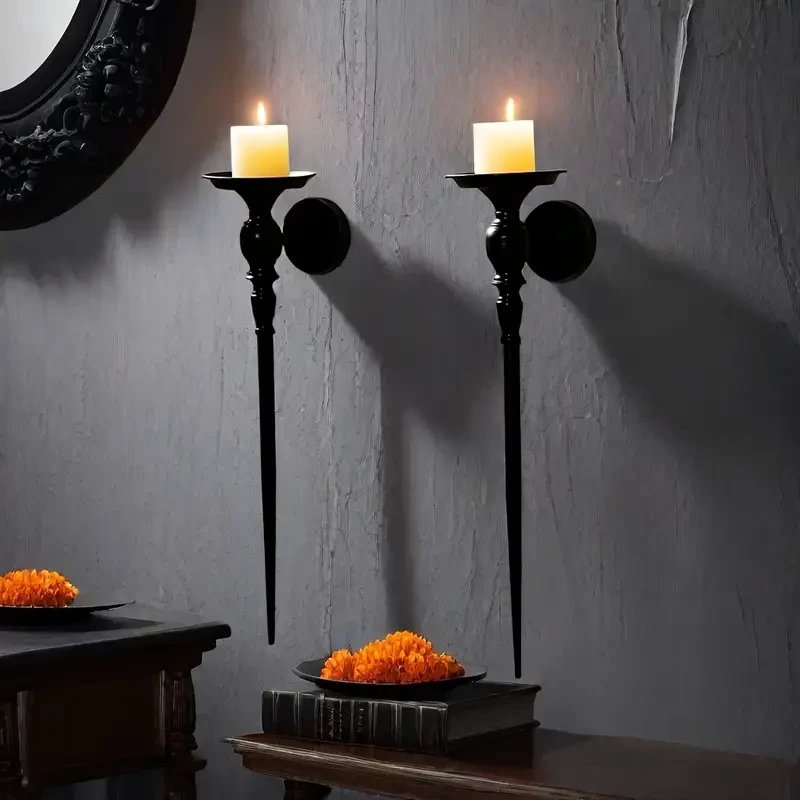
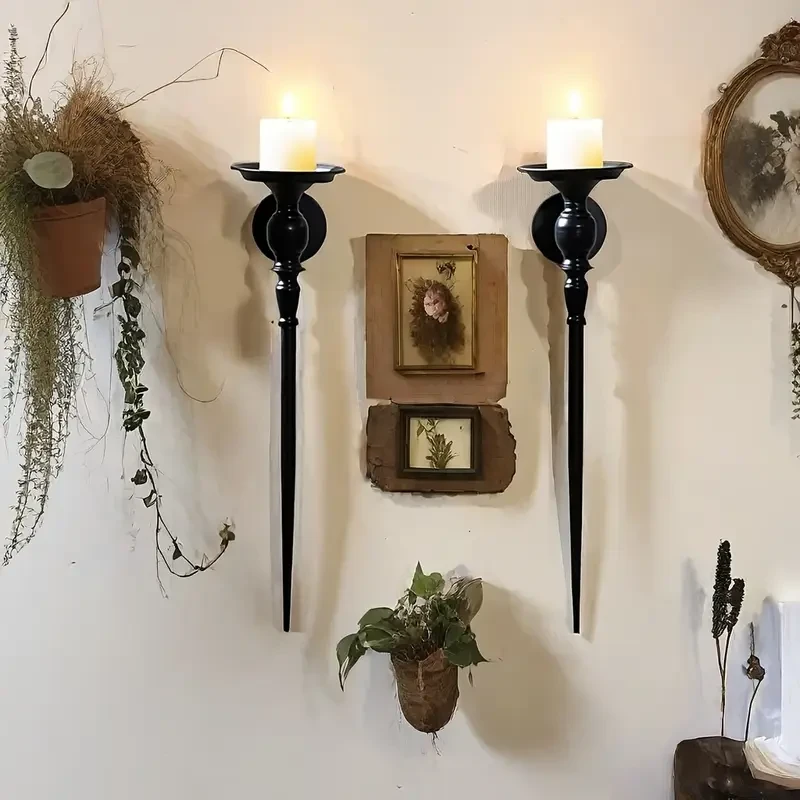

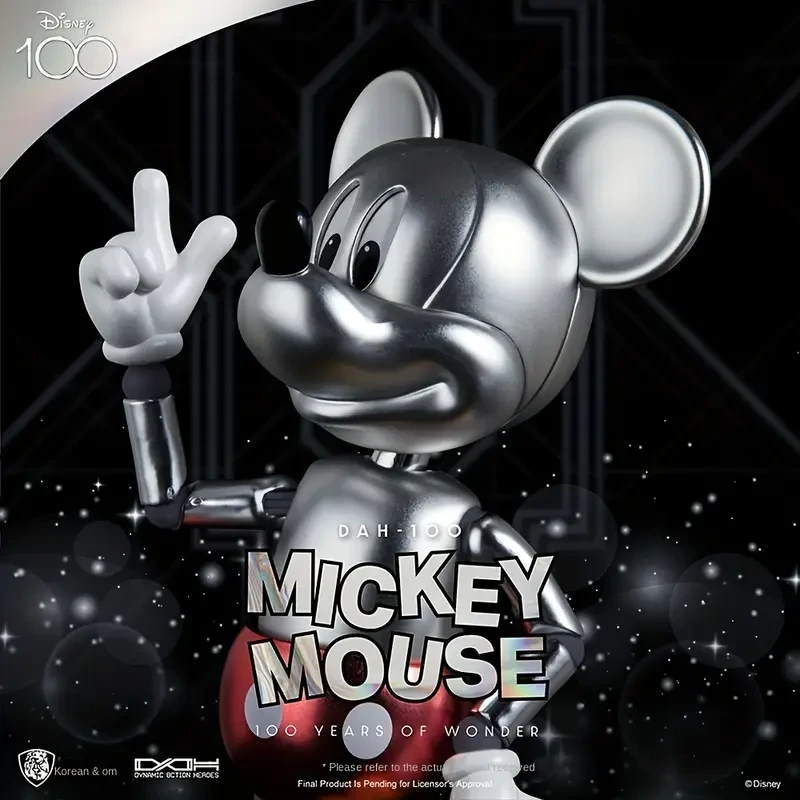
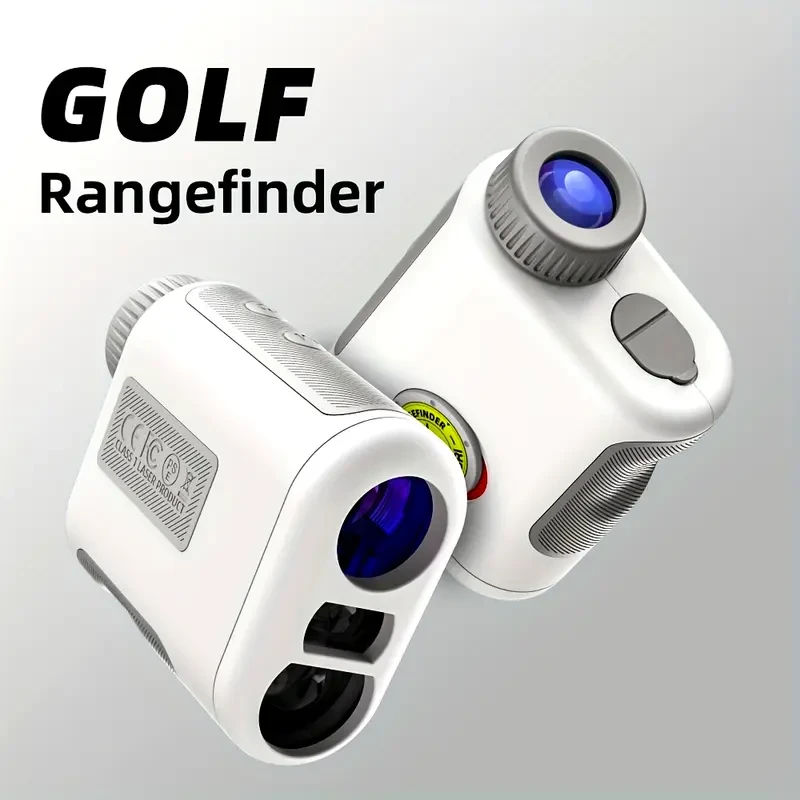
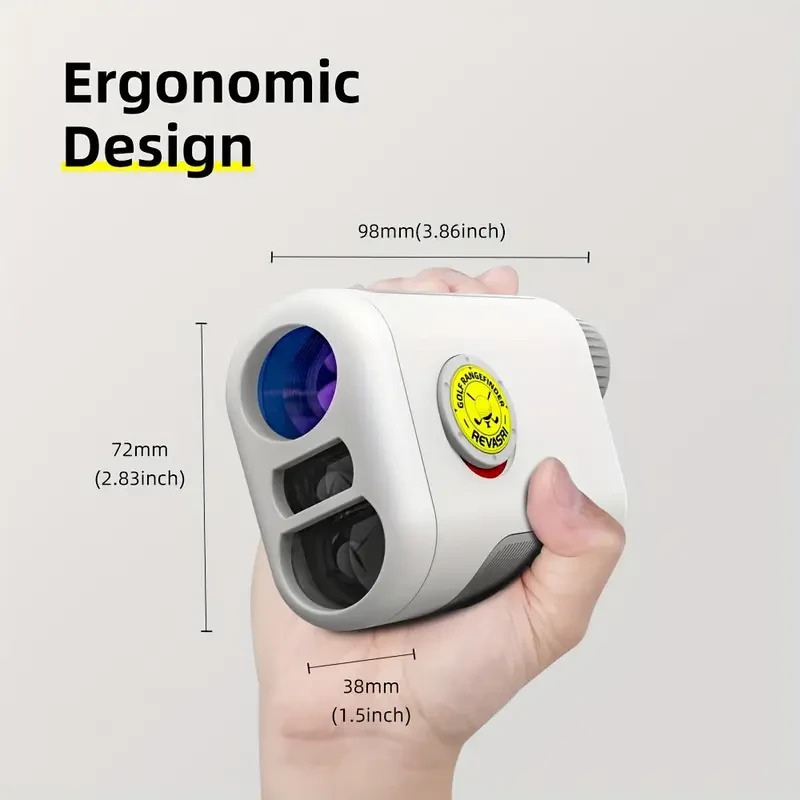

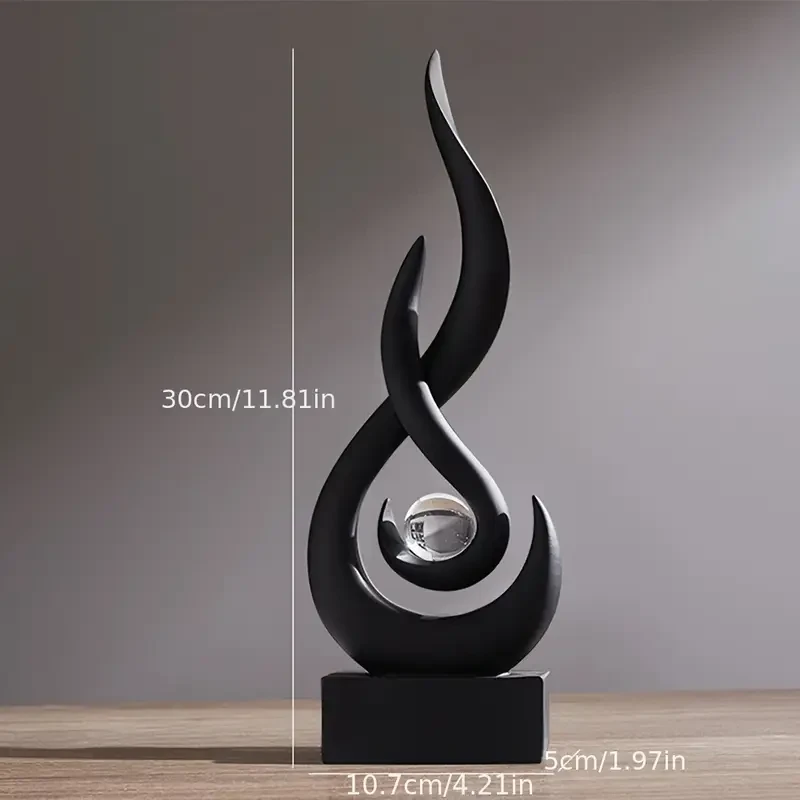

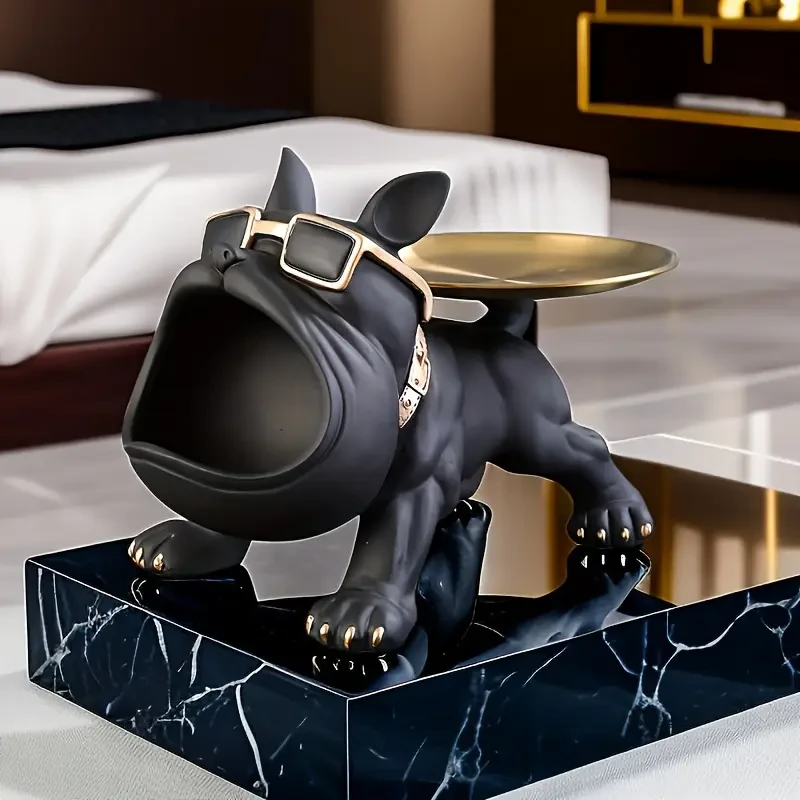
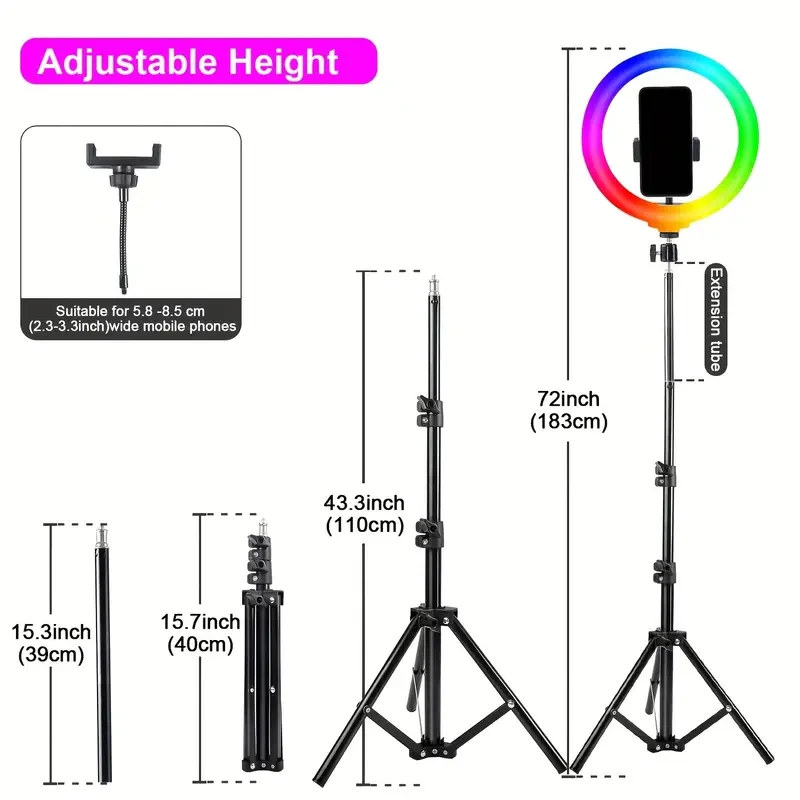


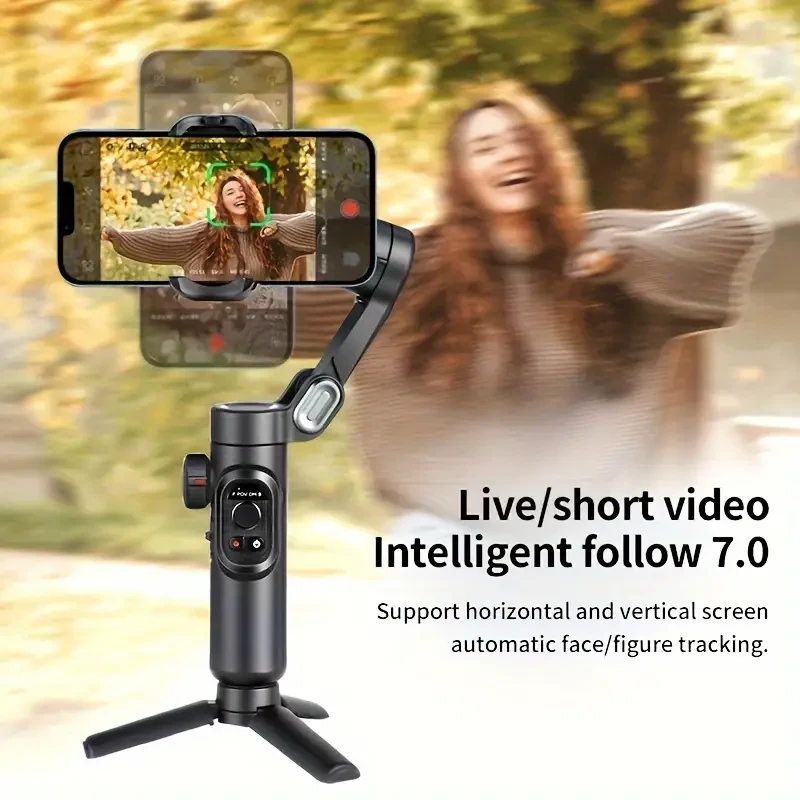
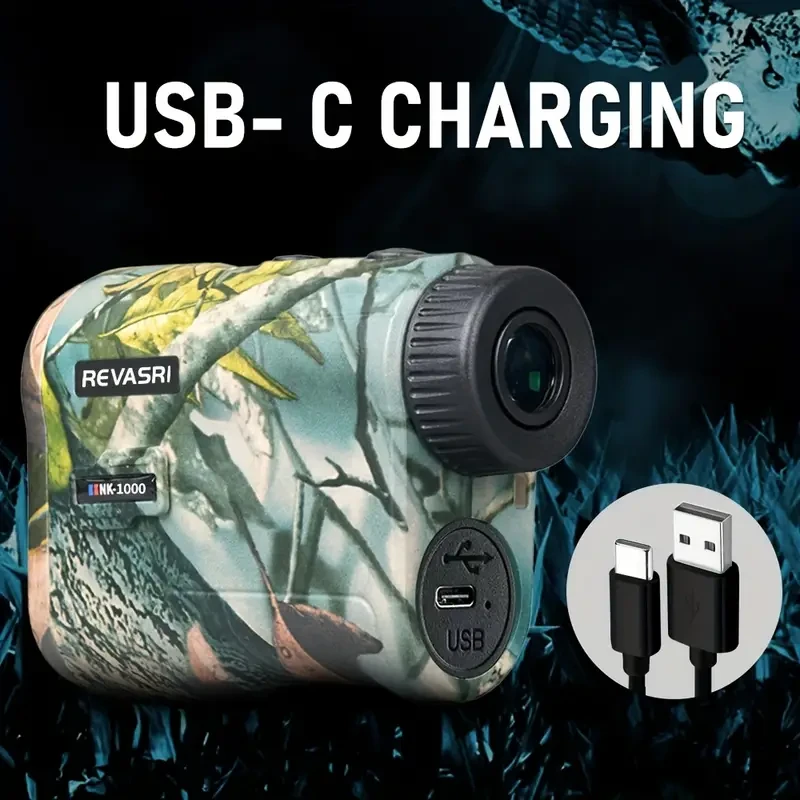



.jpg)

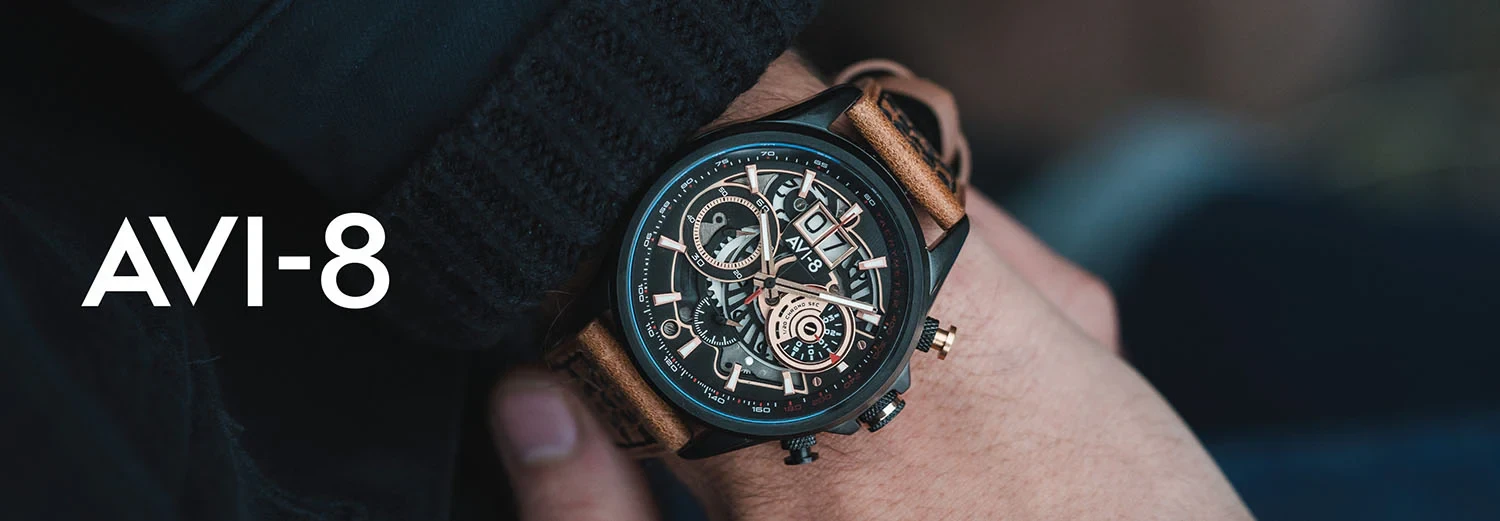







.jpg)





.jpeg)





.jpeg)



.jpeg)








.jpeg)



.jpeg)

.jpeg)

.jpeg)

.jpeg)


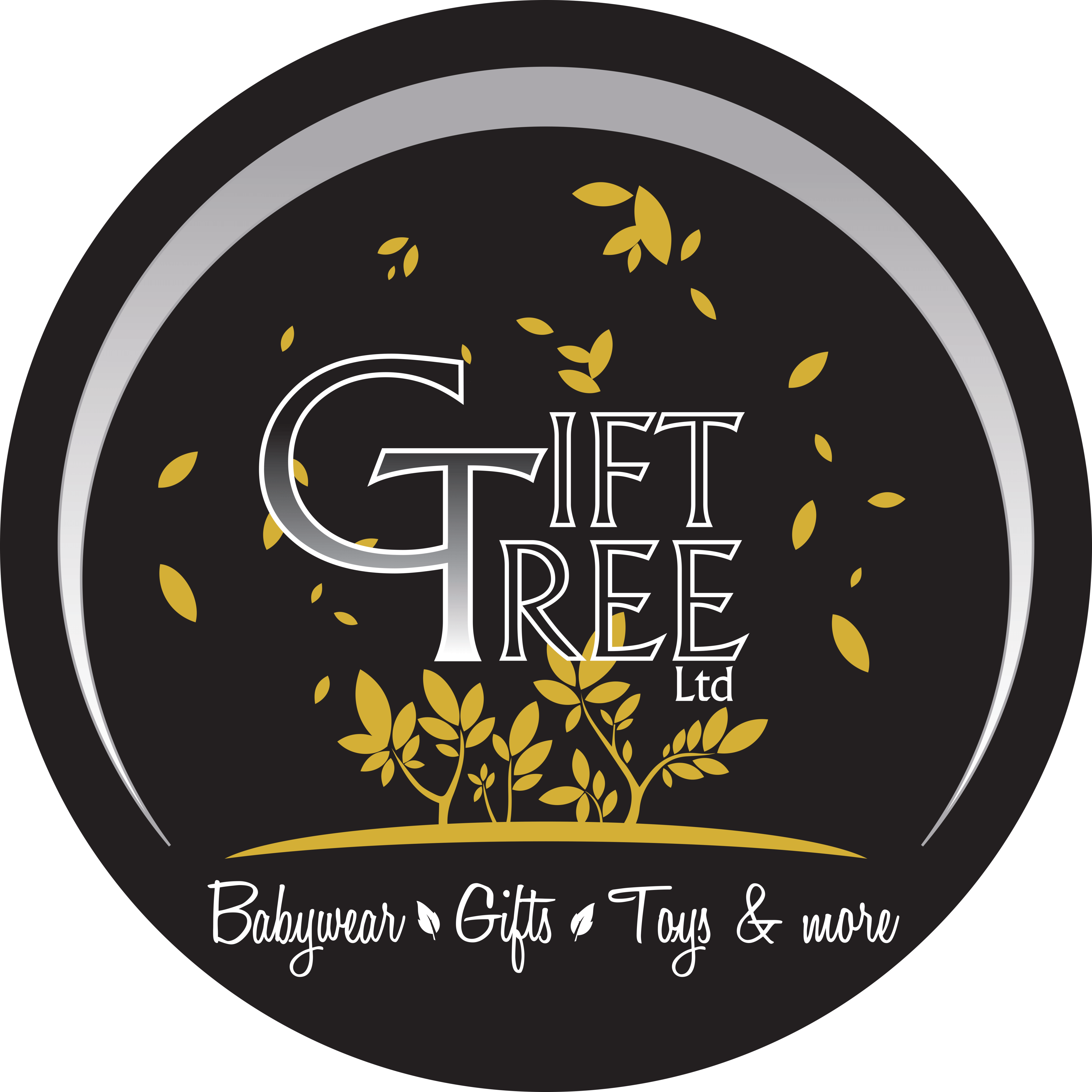

.jpeg)
.jpg)

.jpeg)






.jpeg)
.jpeg)




.jpeg)





.jpeg)


.jpeg)

.jpeg)

.jpeg)

.jpeg)







.jpeg)
.jpeg)
.jpeg)





.jpeg)



.jpeg)






.jpg)
.jpeg)









.jpg)


ulva-Logo.jpg)




.jpeg)
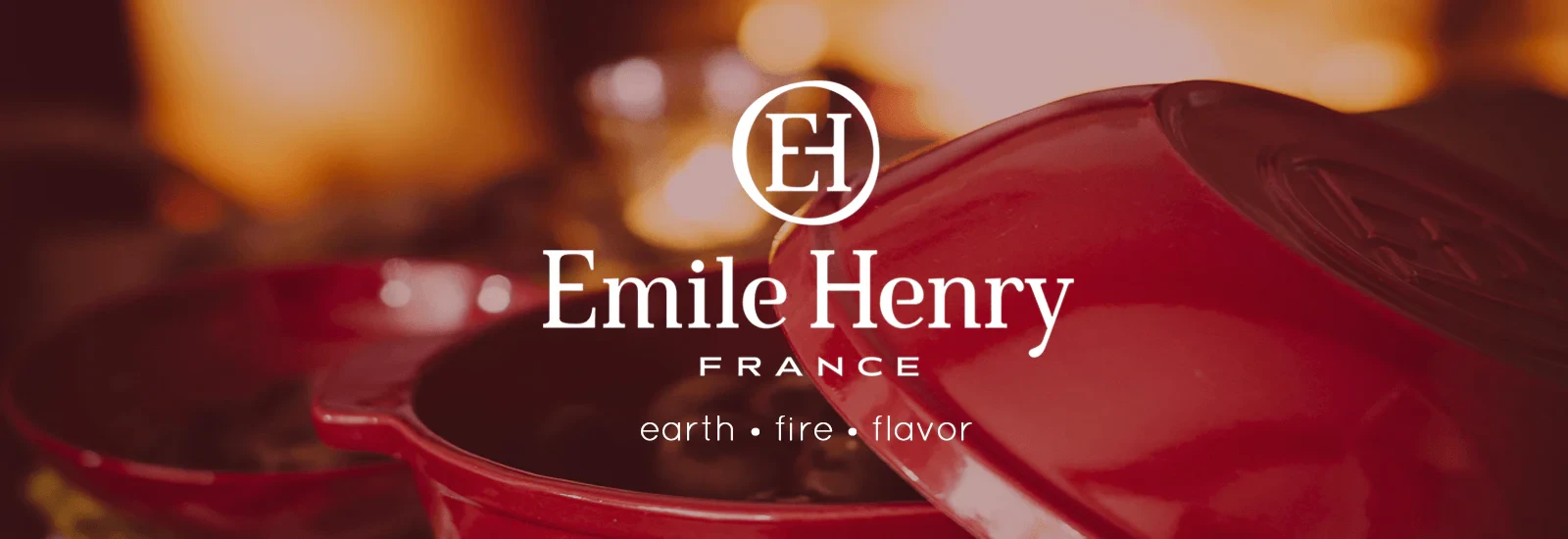


.png)
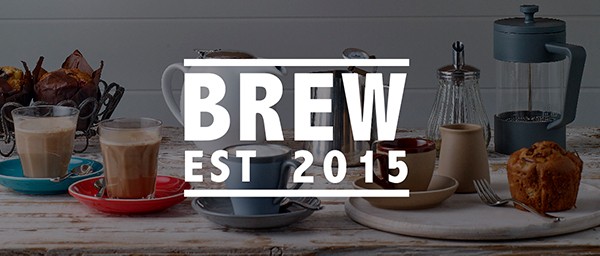


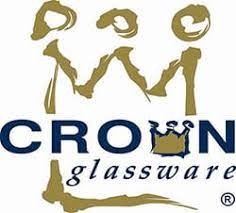
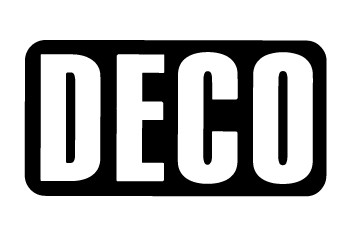



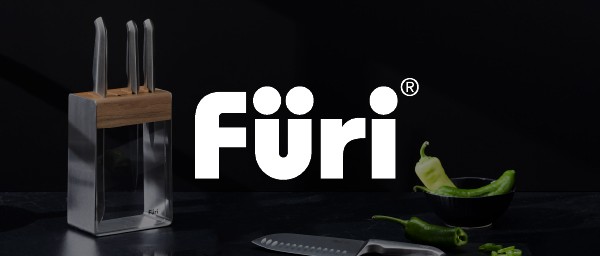

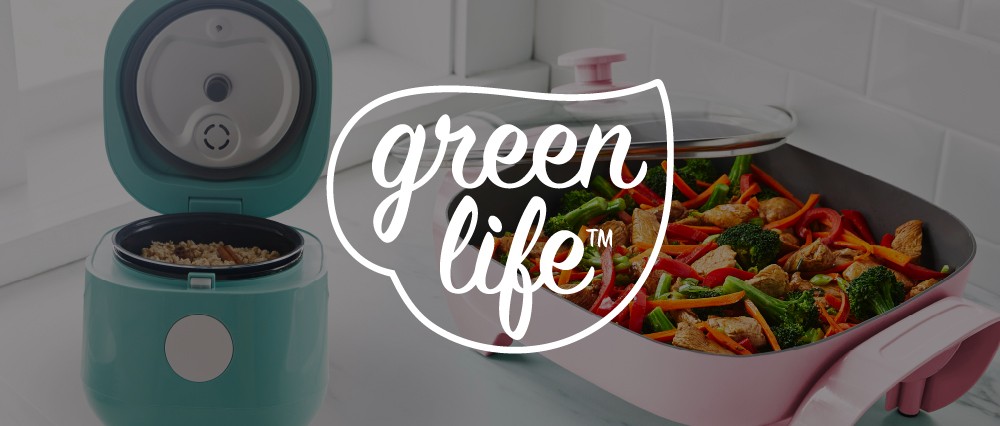
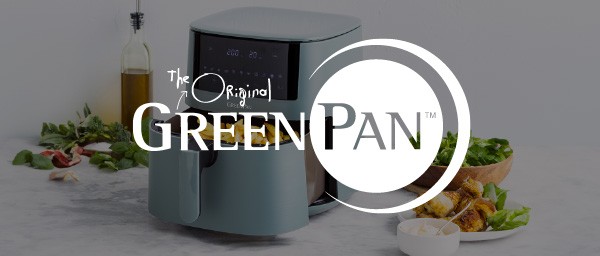

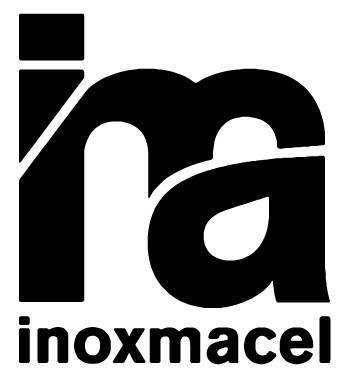
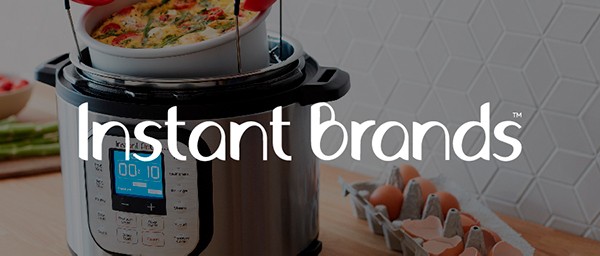
.png)
